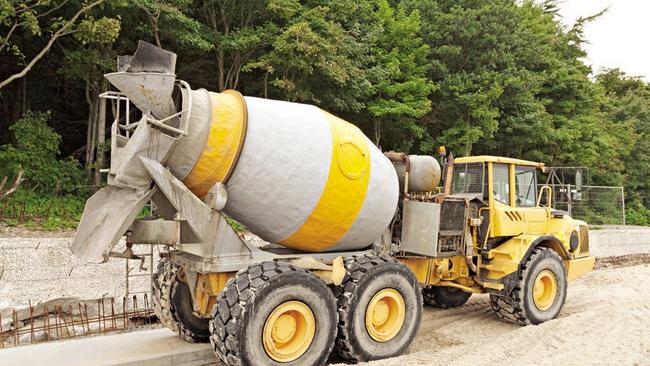
But it also gives us a glimpse of the darker side of global theoretical carbon reduction claims. Meanwhile lack of interest by Australian industry, in this case cement makers, could leave us behind.
Our story starts soon after the turn of the century when Mark Sceats realised that blast furnace technology had not changed much in thousands of years. He believed for many furnace applications, it would be far better to use a cylinder heated to very high temperatures and to conduct the treatment process inside that cylinder. That method of operation would also allow electrification of the furnace.
The idea caught the attention of listed Washington H. Soul Pattinson, which saw it as a potential way of making better bricks. A test plant was commissioned at Bacchus Marsh in Victoria but Soul Pattinson pulled out with the plant not completed, although it remained a helper.
The employees raised the money to complete the plant and managed to keep it operational with a series of small scale metal treatments. Sceats realised that the Bacchus Marsh technology could be used in the manufacture of cement which is responsible for between 5 and 8 per cent of global carbon emissions. Australian cement makers were not interested but in Europe there was a crisis.

False figures
Europe had started an emissions trading scheme around 2005 that was rigged to produce false figures because it included the burning of wood as a carbon credit. And the enormous emissions from its cement makers were neutralised by huge carbon credit certificates which would have lasted many decades. But the cement makers were greedy and didn’t take carbon seriously, so they sold their abundant carbon credits for a profit of some €5bn ($8bn).
Now the EU is being tougher and the cement makers realise the terrible mistake of their boards in the past. They are still receiving some carbon credits but they are diminishing and they must now tackle the carbon output itself. So far they have not been able to find a satisfactory substitute for lime in cement so they are pursuing a strategy of developing technology to separate and collect the enormous carbon emissions from the cement process.
The plan is to then use them in industry or store the carbon dioxide in the old gas fields in the North Sea. The carbon separation technology worked in the Bacchus Marsh plant so the European cement makers are using the technology in a massive pilot plant they are building in Belgium.
The Bacchus Marsh technology IP, now called LEILAC-2, remains owned by Australia via the listed company Calix, whose major shareholders include Australian Super, Thorney, Acorn Capital and Perennial, who have backed Australian technology.
The Bacchus Marsh technology is not the only carbon separation method being trialled by the cement makers and it’s only a halfway house, because the carbon the technology captures must still be stored or used in industry.
Using captured carbon emissions
After Tuesday’s comment on the need to abandon the energy taboos in reducing carbon, I received an email from CO2 Value Australia, which is a not for profit corporation based in Canberra, to promote the development of sustainable industrial solutions to transform captured carbon dioxide to useful products.
If cement goes down the carbon separation track then there will be an enormous amount of global carbon to be used or stored.
If the Australian technology is adopted by the European cement makers then Calix will receive a royalty because despite the money cement makers are spending in Belgium, the technology remains Australian-owned.
The Europeans estimate that if carbon storage is required it will approximately double the cost of cement, but they point out that the actual percentage of cement in buildings is not high. Yet with other carbon reduction areas the cost of building in Europe is going to rise considerably and that may apply around the world.
Meanwhile Calix is looking to apply the Bacchus Marsh technology to reducing the amount of cobalt needed in the manganese used in lithium ion batteries. Cobalt is expensive and has many difficulties. And ironically this week a troubled global hedge fund sold their stock in Calix.
Footnote
It looks like the second group of Wall Street shorters has the Reddit-organised group on the ropes. Once GameStop shares rose dramatically the amounts of capital required to hold the price was too great and sadly for Reddit the global money diversified into other fronts.








If we try to dramatically slash carbon emissions using current technology we will send our costs and inflation through the roof. The higher interest rates that come as a consequence will wreck those with high borrowings. To ensure our prosperity Australia will need to be a strong player in the technology of carbon reduction. And so today let me share with you a fascinating Australian story which shows that we can develop world-class technology with the help of government research grants.